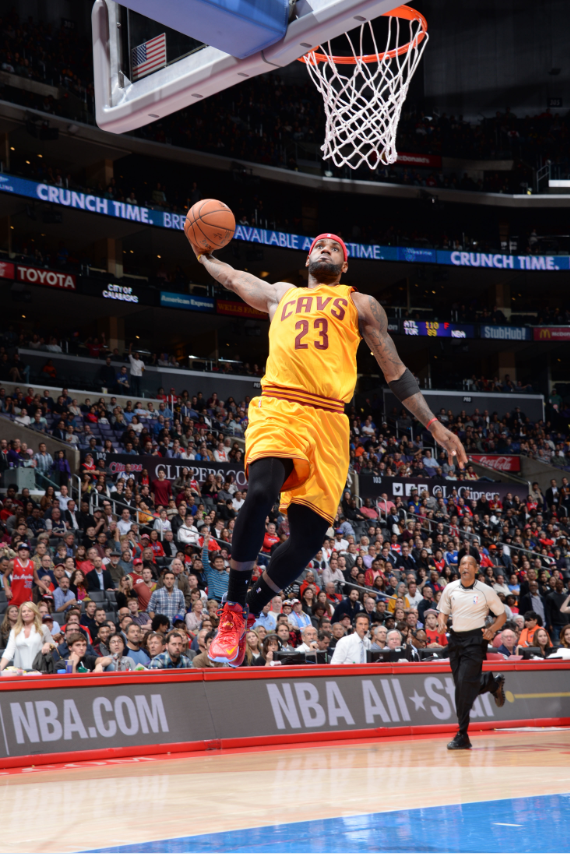Home »
Misc »
How did basketball become a black sport
How did basketball become a black sport
The Black Fives: A history of the era that led to the NBA's racial integration
In the 1949-50 season, the NBA started its season with a watershed moment — racial integration.
On the heels of Jackie Robinson breaking the colour barrier in professional baseball, the NBA would see three Black pioneers join their league. Chuck Cooper became the first Black player selected in the NBA Draft. Nathaniel "Sweetwater" Clifton became the first Black player to sign an NBA contract and Earl Lloyd became the first Black player to play in an NBA game. This effectively broke the colour barrier in the NBA and opened the door for future generations of Black players changing the league and the game of basketball as we know it today.
But the wheels were in motion for Black players to open that door long before Lloyd, Clifton and Cooper made their debuts in the NBA. In fact, the wheels were in motion almost 50 years prior.
In 1904 — 13 years after Canadian James Naismith first invented basketball — African-Americans began playing the sport.![]() Edwin Bancroft Henderson, an educator working in Washington D.C., is credited with introducing the game of basketball to the Black community. Henderson learned the game during summer sessions at Havard University — where he was studying medicine, health and physical education — and would introduce the game to young Black men upon returning to the Washington D.C. area in his Phys Ed. class. Soon the game would be played across the east coast of the United States, mainly in New York, Philadelphia and Baltimore.
Edwin Bancroft Henderson, an educator working in Washington D.C., is credited with introducing the game of basketball to the Black community. Henderson learned the game during summer sessions at Havard University — where he was studying medicine, health and physical education — and would introduce the game to young Black men upon returning to the Washington D.C. area in his Phys Ed. class. Soon the game would be played across the east coast of the United States, mainly in New York, Philadelphia and Baltimore.
The Smart Set Athletic Club of Brooklyn would be the first fully organized and fully independent Black basketball team in America in 1907.
View this post on Instagram
A post shared by Black Fives Foundation (@blackfives)
Many new teams were formed along the East Coast of the country not long thereafter, including the Alpha Physical Culture Club (Harlem, New York City), the St.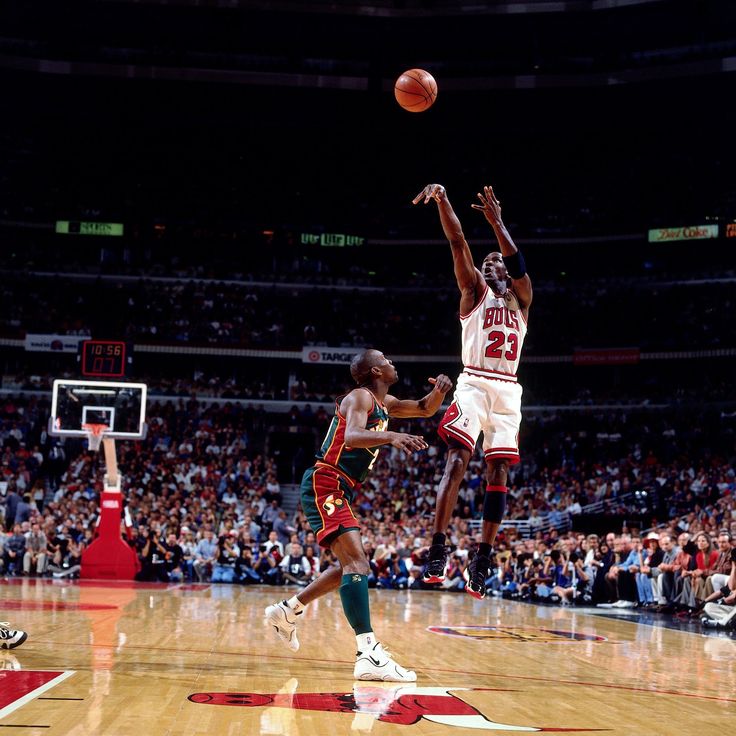 Christopher Club (Harlem, New York City), the Monticello Athletic Association (Pittsburgh, Pennsylvania) and the Washington 12 Streeters (Washington, D.C.).
Christopher Club (Harlem, New York City), the Monticello Athletic Association (Pittsburgh, Pennsylvania) and the Washington 12 Streeters (Washington, D.C.).
As the game continued to grow in popularity in Black communities, not all of society was prepared for the growth. Segregation kept Black players from integrating with white clubs and Black teams were also prevented from playing in white-owned gymnasiums. In turn, it forced Black teams and players to get creative with where and when to play games. Many turned to church basements, halls, armouries and even dance ballrooms. In spite of the roadblocks, Black basketball continued to grow in communities across the country. Black promoters would team up with Black musicians and create dance-basketball events where patrons would be able to attend and dance before and after basketball games. Ticket sales began to skyrocket ushering Black basketball into the 1920s.
As games became more organized, Black teams would compete against each other for the "Coloured Basketball World's Champion" moniker.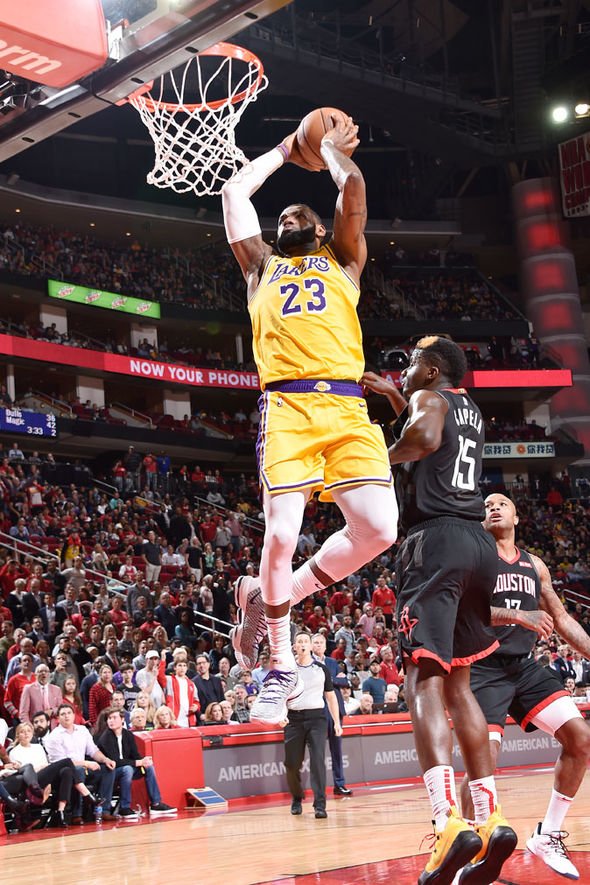 Lester Walton, a sportswriter editor for the New York Age is credited with coining the term. There was no formal championship game or tournament played, the honour was given by consensus of the most prominent Black sportswriters in America who covered basketball.
Lester Walton, a sportswriter editor for the New York Age is credited with coining the term. There was no formal championship game or tournament played, the honour was given by consensus of the most prominent Black sportswriters in America who covered basketball.
The New York Renaissance, otherwise known as the Harlem Rens, is widely credited with being the most successful team during the era. The Rens were the first all-Black professional team founded and owned by an African-American, Robert Douglas.
View this post on Instagram
A post shared by Black Fives Foundation (@blackfives)
The Rens compiled a record of 2588-539 over its time, often playing interracial games that drew large crowds. Because of their on-court dominance, the Rens were invited to the first-ever World Professional Basketball Tournament held in 1938 in Chicago.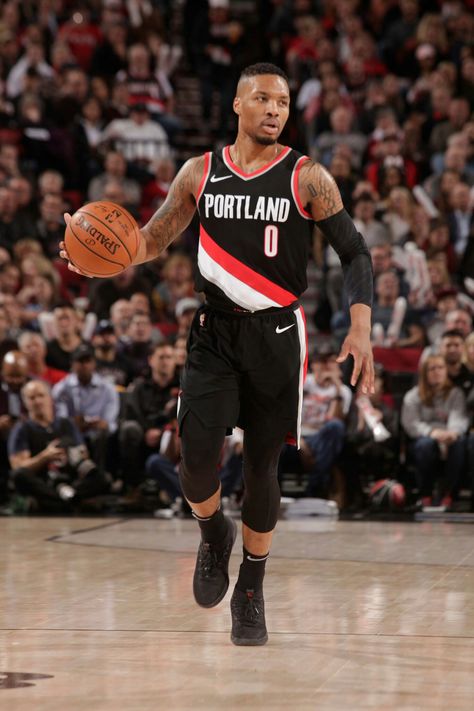 The tournament featured 10 of the country's best all-white professional teams and one other all-Black team — the Harlem Globetrotters. The Rens would go on the win the inaugural tournament beating the whites-only basketball league champion Oshkosh All-Stars in the final.
The tournament featured 10 of the country's best all-white professional teams and one other all-Black team — the Harlem Globetrotters. The Rens would go on the win the inaugural tournament beating the whites-only basketball league champion Oshkosh All-Stars in the final.
The Rens winning on the biggest basketball stage at that time confirmed to many that Black basketball was first-rate in opening the door for integration years down the line in the NBA.
The NBA's embracing of Black athletes closed the book on the near-50-year history of sustained excellence that was Black basketball.
The oft-forgotten era is nicknamed the Black Fives Era. The term "fives" was used in reference to teams starting five players in the early days of basketball which lead to the term 'Black Fives' to describe an all-Black team in the early 1900s.
The Black Fives Era pioneered basketball in many ways all over the world and left a legacy we still feel today.
The views on this page do not necessarily represent the views of the NBA or its clubs.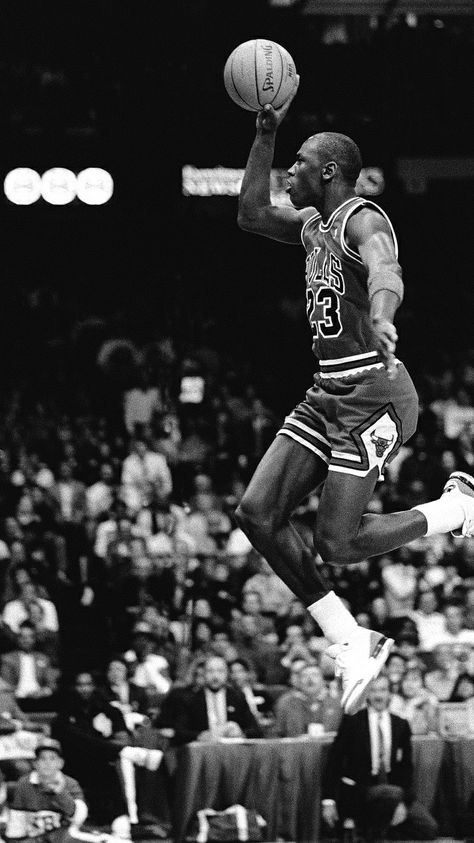
Canada
nba
USA
Basketball
Author(s)
Black History, and American Professional Basketball 🏀 a story
Sun, 02.20.2022
Black History, and American Professional Basketball 🏀 a story
*American Professional Basketball is entering its All-Star break, and on this date, we look at its Black history. As a team sport, it has been transformed by the presence of African Americans. This story has progressed with the cultural, political, and social changes in the United States for more than 100 years.
The game was created in 1891, and by 1898, the game was played professionally in Trenton, New Jersey. It was not until 1902 that the first African American played basketball in an organized white league. Harry "Bucky" Lew became the first Black to play in a professional basketball game when he played for Lowell (vs. Marlboro) of the New England Basketball League in 1902. After one season with Lowell, Lew played the next few seasons with Haverhill, where he developed into a defensive player and a set shooter.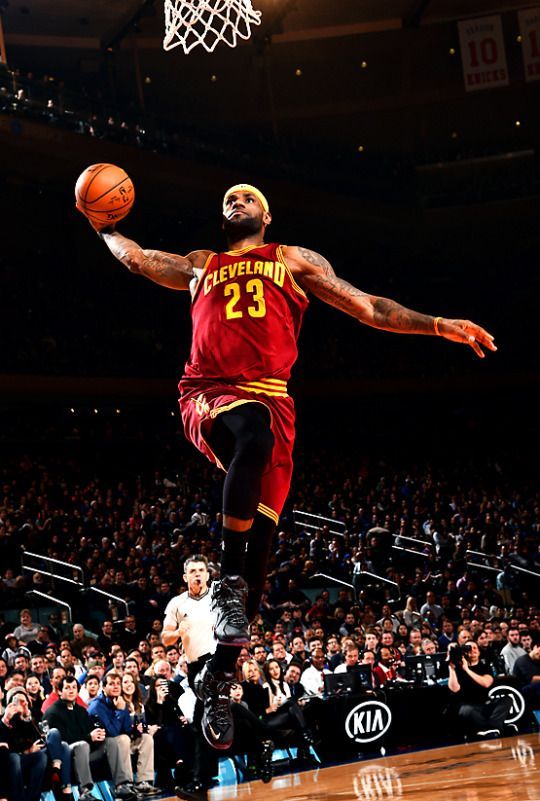 After the league disbanded in 1906, Lew organized his team and played for another 20 seasons. Collectively, Blacks entered the ranks of professional players (the NBA) in Hi the 1950s. Since then, it has become one of the world's most popular and exciting games. Black players in the NBA have helped to transform the game into a billion-dollar industry.
After the league disbanded in 1906, Lew organized his team and played for another 20 seasons. Collectively, Blacks entered the ranks of professional players (the NBA) in Hi the 1950s. Since then, it has become one of the world's most popular and exciting games. Black players in the NBA have helped to transform the game into a billion-dollar industry.
The game culture has become important as fashion, with logos of American professional teams found on clothing the world over. But with the elegance and power of black athleticism capturing the respect and admiration of the world, for years, it was isolated as segregation split America along racial lines. Some of the earliest all-black club teams were the Smart Set Athletic Club of Brooklyn, New York, the St. Christopher's Club of New Jersey, and the Loendi Club from Pittsburgh, Pennsylvania, which produced high-scoring, action-packed games. Eastern club teams in New York, New Jersey, Washington, D.C., and Philadelphia, Pennsylvania, astonished crowds. Two of the most famous African American club teams were the Harlem Renaissance Big Five (known as the Rens) and the Savoy Big Five (now known as the Harlem Globetrotters).
Two of the most famous African American club teams were the Harlem Renaissance Big Five (known as the Rens) and the Savoy Big Five (now known as the Harlem Globetrotters).
The Rens dominated for 16 years; between 1923 and 1939, they won more than 1,500 games and lost fewer than 240. In 1937, the National Basketball League (NBL) began. This was a professional basketball league in the United States. Three Great Lakes area corporations created the league; General Electric, Firestone, and Goodyear, comprised small-market and corporate teams. It eventually merged to become the NBA. After Chuck Cooper joined the Boston Celtics in 1950, becoming the first African American to play in the NBA, blacks took what was once a highly mechanical and rigid game and developed it into a forum for their self-expression.
Bill Russell, and Wilt Chamberlain—who both stood close to 7 ft tall—elevated the game with their thunderous slam-dunks and graceful lay-ups. In college, Russell led the University of California at San Francisco to two national titles and helped lead the Boston Celtics to nine NBA titles as a professional.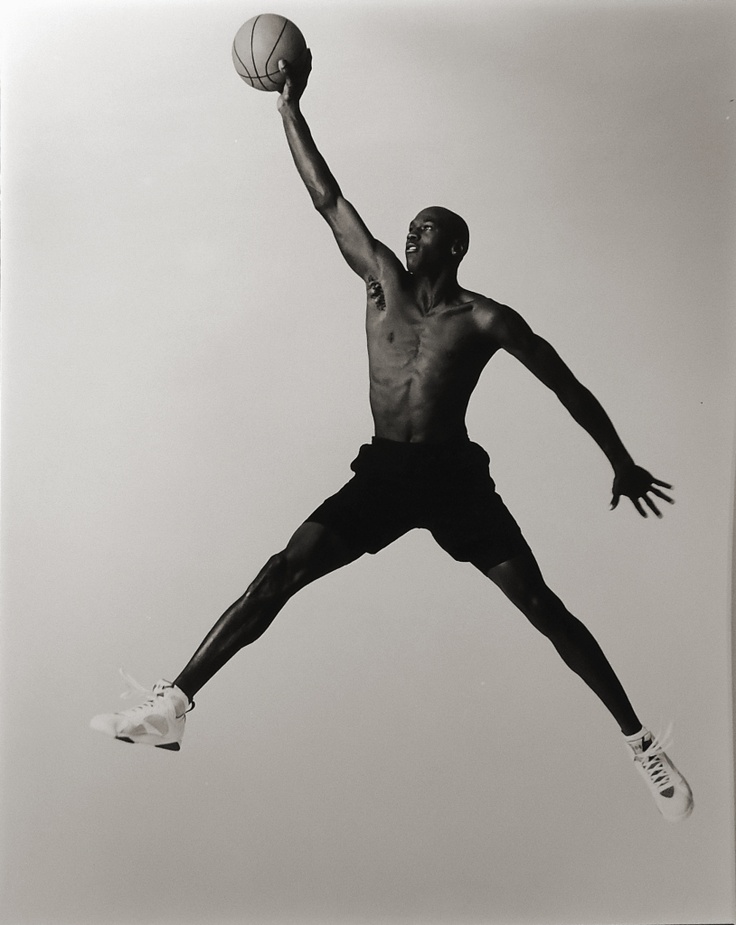 Chamberlain played for 14 years in the NBA (1959-1973) and was an all-star for 13 years. He set a single-game scoring record in 1962 when he scored 100 points against the New York Knickerbockers. Chamberlain amassed more than 31,000 points and 23,000 rebounds during his career, second only to Kareem Abdul-Jabbar.
Chamberlain played for 14 years in the NBA (1959-1973) and was an all-star for 13 years. He set a single-game scoring record in 1962 when he scored 100 points against the New York Knickerbockers. Chamberlain amassed more than 31,000 points and 23,000 rebounds during his career, second only to Kareem Abdul-Jabbar.
While Russell and Chamberlain set new standards for the position of center, players such as Elgin Baylor and Oscar Robertson introduced speed and agility to the NBA. Baylor led the Los Angeles Lakers to the 1968 finals and scored 71 points in a single game. Robertson played on the 1960 gold-medal-winning U.S. Olympic basketball team, became an all-star in the NBA, and had almost 10,000 assists during his career. Still, the most dramatic effect of integration on the game was an increase in the number of players from urban environments. These men played what some call street basketball. The influence of this style was most obvious during the 1970s with a number of players from urban backgrounds.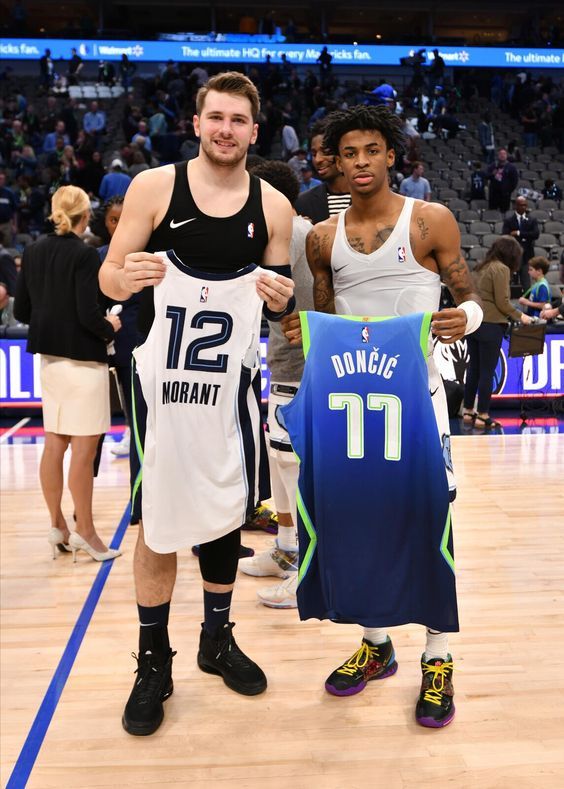 Earl "The Pearl" Monroe, Julius "Dr. J." Erving, and Abdul-Jabbar pushed the game to a faster pace and higher scoring.
Earl "The Pearl" Monroe, Julius "Dr. J." Erving, and Abdul-Jabbar pushed the game to a faster pace and higher scoring.
Monroe, a classy dribbler, and a great passer was named rookie of the year after his first season with the Baltimore Bullets. Julius Erving led the New York Nets of the American Basketball Association (ABA) to consecutive titles in 1974 and 1975 before joining the Philadelphia 76ers in the NBA. Dr. J, as Erving was known, was one of the most creative players in the league. Abdul-Jabbar, a conscientious and innovative athlete, easily dunked the ball over his opponents and developed a new, virtually unstoppable move known as the Sky-Hook. He helped lead the Los Angeles Lakers to five NBA titles during his 25-year career and set the standard for contemporary centers to this day. Other standouts of this era included Willis Reed, who played with a broken leg during the seventh game of the 1970 NBA finals, his teammate Walt Frazier, and Elvin Hayes of the Washington Bullets. They were also products of street basketball.
They were also products of street basketball.
Together they helped to bring new energy, excitement, and confidence to professional basketball. By the late 1980s, basketball stardom belonged to players such as Magic Johnson and Michael Jordan. Johnson left college after his sophomore year to join the Los Angeles Lakers and, during his rookie season, played a pivotal role as the Lakers closed the season as NBA champions. Jordan also left college early to join the Chicago Bulls. Many describe him as the best basketball player of all time. His energy, enthusiasm, and last-minute heroics produced six NBA crowns for Chicago before he retired in 1998.
Currently, the game is poised to extend geographically, and teams may come from the Far East, Europe, and South America. Familiar names like Damian, Embid, Curry, LeBron, Durrant, Paul, Giannis, and others are “Star” players. The youth movement of Ja Morant, Trae Young, Anthony Edwards, Devin Booker, and others continues a trend of younger and younger players turning professional. The history of American basketball tells a compelling story about athletic competition in a nation struggling to live up to its ideals of freedom and democracy through business.
The history of American basketball tells a compelling story about athletic competition in a nation struggling to live up to its ideals of freedom and democracy through business.
Segregation forced Black basketball players to develop a unique game that is distinctly urban, relentlessly innovative, and always stylistic. Today pro basketball is about the head fake and the swagger, the finger roll, the skyhook, and the step-back three; it's about the jump shot and the crossover dribble. It has seen players use more of the top of the backboard with underarm layups too. It still requires movement without the ball and being a team player. The sport requires more athleticism, as men are bigger and stronger over the years.
Basketball is also about wearing the latest shoes and having the nicest haircut, Short or Curley Blowout, dreds, beards or braids, Mohawk or Textured High Top. It is about playing the game above the rim and using all of the backboards too. Also, it is not just whether or not points are scored, but the way in which they are scored and the game is played.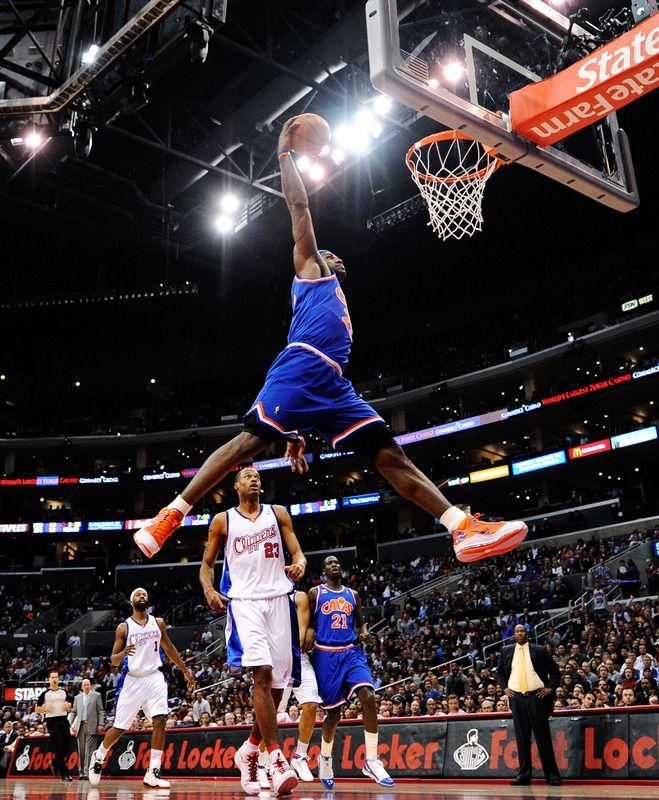 Basketball has been transformed by the presence of Blacks and is an indicator of the cultural, political, and social changes in the United States.
Basketball has been transformed by the presence of Blacks and is an indicator of the cultural, political, and social changes in the United States.
After the 2020 George Floyd murder the league has tried to support the oppression from American law enforcement and Black communities. In 2021 Dallas Mavericks owner Mark Cuban said not playing the national anthem at the team's home game was the product of ongoing conversations with members of the community who felt the tradition "did not fully represent them." In response, the NBA reiterated its long-standing policy that "all teams will play the national anthem,"
The Covid 19 pandemic and its variants disrupted their season quite a bit with players and staff testing positive and some refusing to get vaccinated. The 2021-2022-2023 seasons seem to be closer to normal.
To become a Professional Athlete
Why is basketball a black game? - Q&A - Blogs
Editor's Note: You are in the Q&A Blog where we answer any questions about basketball, including popular search queries. Most of the answers will be of interest only to beginners, but after all, even experts once started with the basics. You can also ask your question - the blog is open.
Most of the answers will be of interest only to beginners, but after all, even experts once started with the basics. You can also ask your question - the blog is open.
If you imagine the stereotype of a basketball player, the first thing that comes to mind is that he is tall. Second, he is black.
Why did basketball become an African American game?
The easiest way to explain everything is by genes. It is obvious that different groups of people have different physiological characteristics that give an advantage in sports.
Ethiopians and Kenyans, for example, make the best marathon runners. In East Asia, sports that require lightning fast reaction and / or acrobatic abilities are common (table tennis, badminton, short track, martial arts, diving). Volleyball is popular among the tallest nation in Europe - the Dutch. Athletes from the countries of Oceania, due to a genetic predisposition to a low percentage of body fat, are successful in rugby and in American football.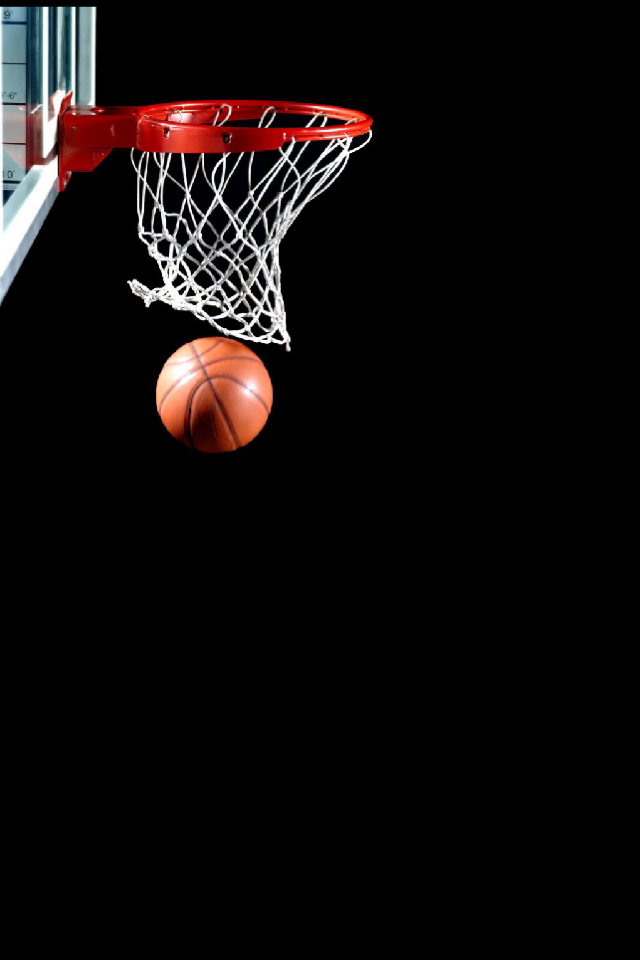
Black people seem to run faster and jump higher. At least that's what we were told. But the differences in genes between different regions of Africa are sometimes greater than between the genes of an individual African and a European. Unfortunately, many people still believe in the outdated racial classification of homo sapiens.
In fact, it is not a racial approach to genetics that works here, but a regional one. All the necessary athletic virtues - jump, sprint, height not lower than average - are inherent specifically to immigrants from West Africa and their descendants, not short Bushmen and Pygmies or tall but skinny Nilots. Therefore, the best basketball teams in Africa are Nigeria, Senegal, Angola, Cameroon.
Most African Americans are descendants of slaves brought from West Africa. But if these genes were enough for a successful career in the NBA, then there would be no less Olajuvons and Antetokounmpo than Jordans and LeBrons. There is more in the African American genome than just African: it is estimated that 90% of blacks in the US also have European or Native American ancestry.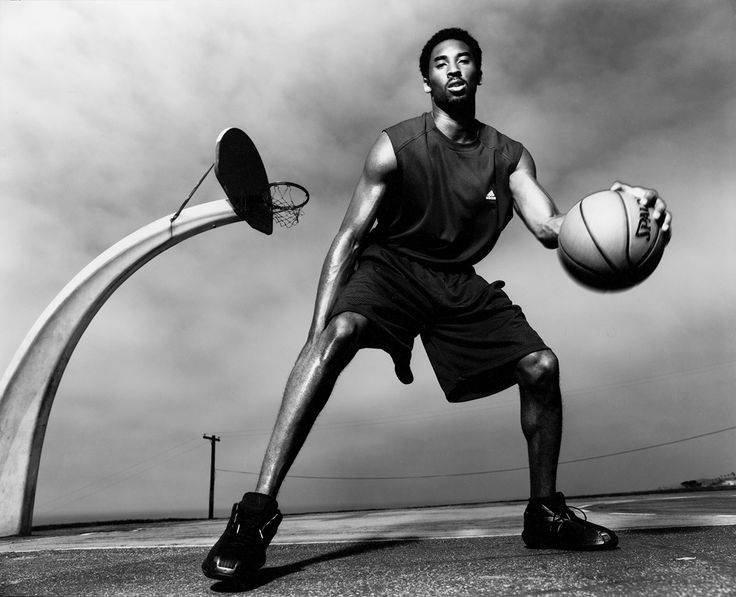
This diversity has resulted in a very good genetic pool for sports and specifically for basketball.
But genetics is only a prerequisite to the real cause. Basketball has long been a part of African American culture as a way of self-affirmation and fulfillment, as an opportunity to become the best in your community when many other careers are not available.
For the same reason, before the war, basketball was considered the game of... Jews. Many immigrant Jews lived in the poor neighborhoods of large cities in the United States, and basketball was the most accessible sport - you can play it in a narrow street or in a gateway, all you need is a ring and a ball. That is why many of the first basketball stars were Jews. Or Italian Americans. Or of German origin. Or children of immigrants from somewhere else.
Basketball developed in the same way in the Negro areas of New York, Philadelphia, Chicago and other cities. And when players were kept out of the NBA (and earlier leagues) because of the color of their skin, were not accepted into universities, they organized teams that played anywhere, including in jazz clubs. In the 1960s, NBA leaders Bill Russell, Oscar Robertson, Kareem Abdul-Jabbar, and many others were active in the civil rights movement. Later basketball became closely associated with rap culture:
In the 1960s, NBA leaders Bill Russell, Oscar Robertson, Kareem Abdul-Jabbar, and many others were active in the civil rights movement. Later basketball became closely associated with rap culture:
In general, genetics plays a big role otherwise the Philippines, where basketball is practically a religion, would have become a great power. But in the entire history of the NBA, there were only two people with Filipino roots, both were born in the USA and were half African American, and they did not achieve much success. There are no Filipinos in the Euroleague, and the national team is far from the best even in Asia and has not made it to the Olympics for almost 50 years.
But if athletic abilities were determined solely by the national genetic fund, the Czechs would not play hockey better than the Poles, the British would love baseball as much as cricket, and the Brazilian basketball players would not be inferior to the Americans and certainly would be stronger than the Spaniards, Lithuanians, Balkans. However, football is popular in Brazil.
However, football is popular in Brazil.
Sociocultural reasons why basketball is the favorite game of African Americans are just as important:
• Historically, basketball has been a major team sport for the poor;
• an accessible sport for the urban environment that is the center of black culture in the US;
• along with music, one of the few legal social mobility opportunities for blacks.
There are no stupid questions, there is a desire to learn new things.
Photo: Gettyimages.ru/Mark Wilson, Hulton Archive
The history of streetball: from the street to the Olympics
home
Blog
Main
The history of streetball: from the street to the Olympics
If you have a wild desire to score three points, but you are already late for the basketball section and, in principle, do not plan to go to professional sports, then welcome to the "sport of the streets" - streetball ! Today we will introduce you to this direction a little closer.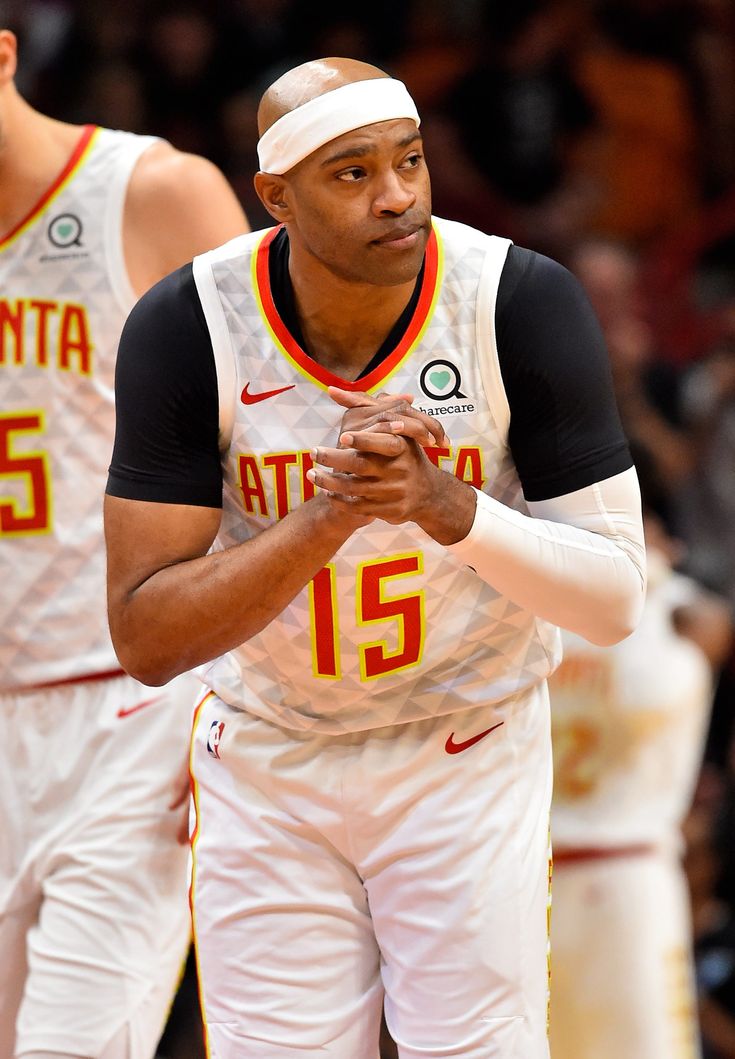
Streetball is quite a young sport, but it has already gained an army of fans around the world.
What is this game and where did it come from?
Streetball is a type of basketball played on the street. It appeared in the 50s of the 20th century in the poor neighborhoods of the United States. At that time, black guys could not afford expensive equipment, they were not allowed into gyms, they were deprived of the opportunity to train on equal terms because of the color of their skin. And streetball became a protest against this rigid system, various stereotypes and injustice! A game that unites purposeful, motivated, and most importantly, talented guys from the street who wanted to show and prove to everyone what they are capable of.
Basketball aficionado Holcombe Rucker, a teacher from Harlem, founded Rucker Park in 1956, which hosted the game's first competition. Later, this place became a cult place for fans and connoisseurs of streetball, at that time a fast-growing offshoot of basketball.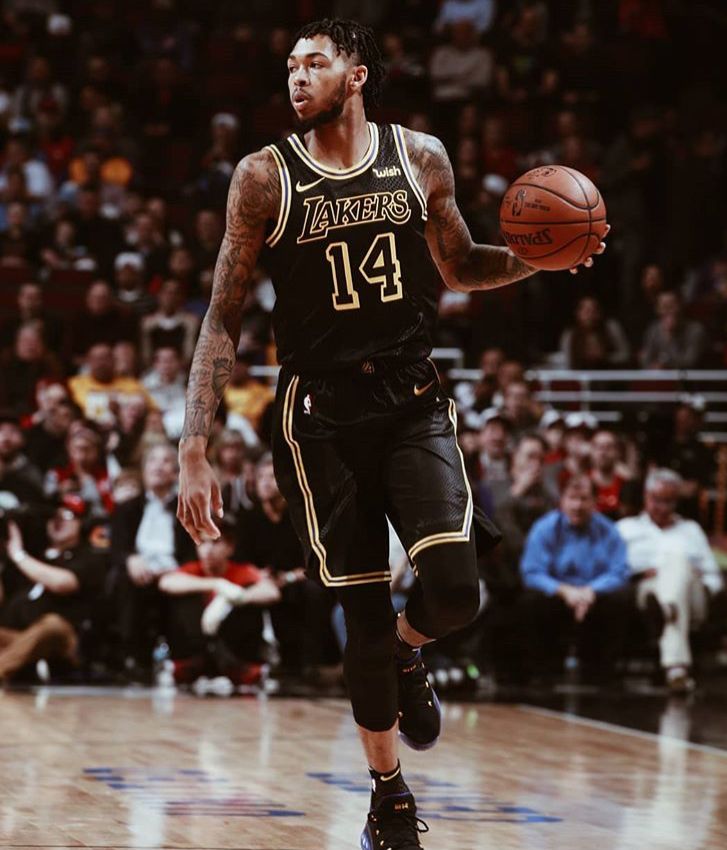 This park began to host annual basketball tournaments, which became famous for the fact that street basketball players could easily compete with NBA stars.
This park began to host annual basketball tournaments, which became famous for the fact that street basketball players could easily compete with NBA stars.
And in 1991 the first street basketball tournament was held in France. It is this date that serves as the beginning of the penetration of streetball into Europe.
What are the main differences between streetball and basketball?
Streetball differs from the usual game of basketball in several points:
- Number of players in a team - streetball is played 3x3 and one person from the team is in reserve.
2. Playing area size - Streetball is played on one half of a standard basketball court.
3. Number of rings - in street basketball, one ring is used to play.
4. Playground - we are used to the fact that basketball is played in specialized indoor areas, and street ball, as the name suggests, is played outdoors.
Streetball in Russia
It was from the first tournaments under the auspices of the world famous brands Adidas and Reebok that the history of streetball development in Russia began. Street basketball brought to every city where it took place, the atmosphere of the holiday and the incredible basketball movement. The geography and mass character were impressive. Each time, there were more fans of this sport, and special grounds built for competitions began to be popular not only on the days of the games! In Moscow, St. Petersburg, Krasnodar, Perm, sites resembling Rucker Park began to appear.
Street basketball brought to every city where it took place, the atmosphere of the holiday and the incredible basketball movement. The geography and mass character were impressive. Each time, there were more fans of this sport, and special grounds built for competitions began to be popular not only on the days of the games! In Moscow, St. Petersburg, Krasnodar, Perm, sites resembling Rucker Park began to appear.
These ideas led to the fact that since 2003 Russian Championships have been held on an annual basis!
How did streetball become an Olympic sport?
The first mention of streetball in the Olympics came at the 2010 Youth Olympic Games in Singapore, where this sport proved that it can represent itself on the world stage on a par with other sports. Later, the FIBA leadership proposed to include 3x3 basketball in the program of the 2016 Summer Olympics, but officially streetball was approved by the IOC and included in the Olympic program only in 2020 at the Tokyo games.